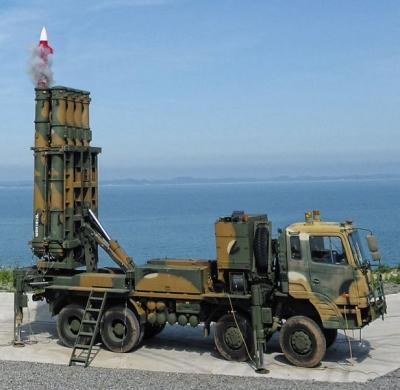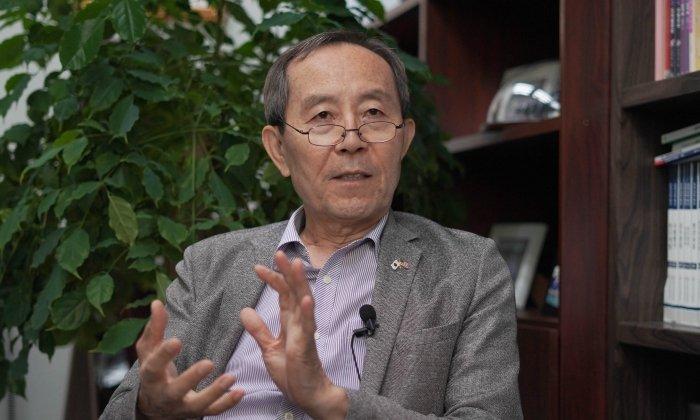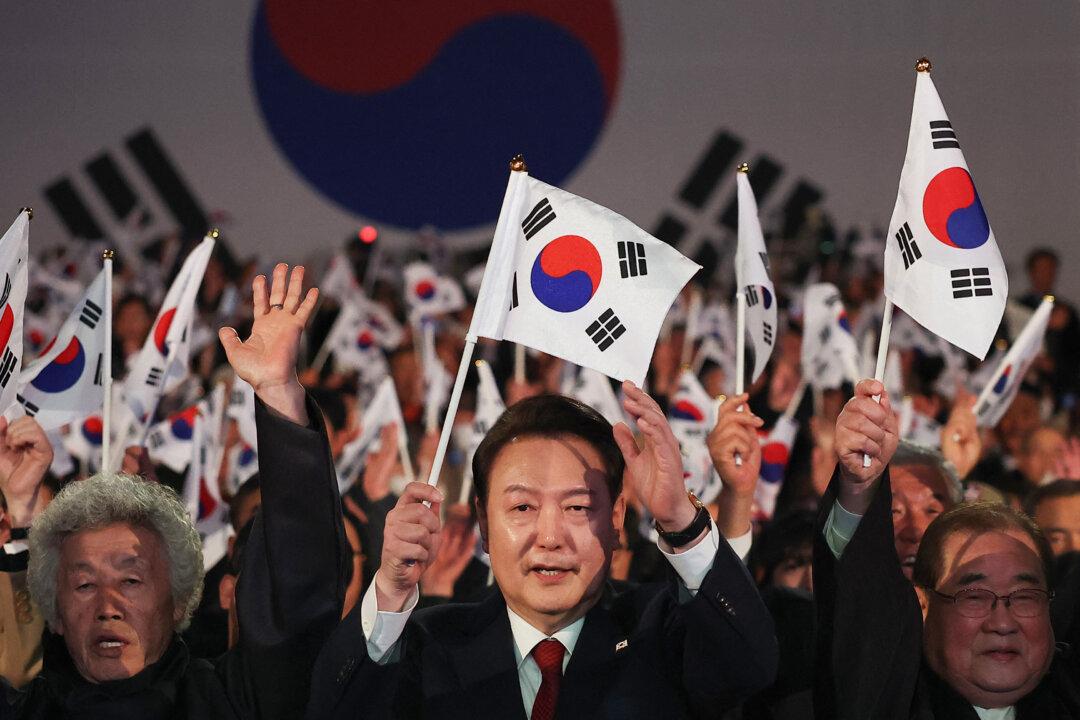South Korea-US Reciprocal Defense Procurement Agreement
During a summit meeting in May, South Korean President Yoon Seok-yeol and U.S. President Joe Biden met to explore new avenues of cooperation, expanding the security and economic alliance between the two countries into a comprehensive global alliance that includes technology and supply chains. The talks focused on strengthening global security, improving supply chains, and sharing the latest technology, including chips, batteries, core minerals, quantum technology, biotechnology, energy, and space.Since the late 1980s, the United States has encouraged Korea to join them in signing an RDP. Korea however, has remained steadfast in rejecting this idea. While the Koreans acknowledge there is value in having greater access to U.S. markets, they fear opening their markets to the United States could be problematic. Korea’s limited technology, smaller manufacturers, and product pricing are not on the same level as those in the United States.
In speaking with The Epoch Times, Chae Woo-Seok, President of Korea’s Association of Defense Industry Studies, said the RDP agreement with the United States is important to South Korea as it will send a deterring message to North Korea and China.
He also explained that signing the RDP agreement will provide more economic benefits to South Korea as it enters the world’s largest military market, “Korea would benefit even more.”
Chae explained that many of the high-tech weapons deployed in South Korea remain compatible with U.S. military weapons systems and that U.S. products were chosen with U.S.-South Korean coalition operations in mind in the event of an emergency.
According to Chae, South Korea imports parts from the U.S. for operation and maintenance, but it is expected to supply domestically made parts by replacing them with Korean products or by manufacturing them on order from the United States For example, there is an instance in the Korea-U.S. FTA auto agreement where Korea’s role is expanded over time.
Therefore, after signing an RDP agreement, if necessary, appropriate protective measures can be implemented to protect domestic defense technologies in critical areas.
Chae explained that the Korea-U.S. alliance would be strengthened if South Korea and the United States interconnect their defense industry supply systems. With a Korea-U.S. RDP agreement, South Korea will strengthen its defense and security, and domestic defense companies will improve their operating rates and increase their profits.
Although Korea’s defense industry continues to grow, it still lags in advanced defense technologies to some extent, and trade deficits with the United States are accumulating in the defense sector alone due to the introduction of advanced weapons from the United States. The RDP agreement would help alleviate these problems, and the joint research and development achieved through the agreement will contribute to Korea’s national security and revitalization of the defense industry. The Korea-U.S. RDP agreement is expected to serve as a bridgehead for exports with the U.S. defense industry, Chae said.
Chae also mentioned that the Chinese Communist Party (CCP) had used large government subsidies and extremely low labor costs to build a monopoly supply chain structure that intentionally excludes and weaponizes competitors from the private sector.
An RDP agreement is intended to be a fundamental measure by which South Korea and the United States will be able to resolve issues not only with China but also with North Korea through a stronger Korea-US alliance, Chae added.

Korea and US to Jointly Build Space and Missile Networks
The day after North Korea’s provocative launch of eight short-range ballistic missiles (SRBM) on June 5, South Korea and the United States launched a total of eight long-range guided missiles, the Army Tactical Ballistic Missiles (ATACMS).Chae suggested this recent incident provided the justification necessary to proceed with the South Korean-U.S. alliance. He said integrating South Korea’s low-altitude defense system with the U.S. high-altitude defense system would “create a complete missile defense system.”
Because North Korea’s missiles are becoming more advanced, Chae said South Korea should further develop its air defense assets, introduce advanced command and control systems, and upgrade to a space and missile defense system.
South Korea plans to expand its deployment of Terminal High Altitude Air Defense (THAAD) missiles and is further developing its intermediate precision-guided missiles with a range covering Beijing. Although Beijing is likely to object, Chae believes Korea has the right to take these steps since the CCP has missiles capable of reaching Seoul. He said, “The CCP’s pressure will not impede the defense rights of independent states.”






Friends Read Free